 - Image © by Brian E. Faulkner -
- Image © by Brian E. Faulkner - But now there’s something else to watch out for, because the stretch of territory between the ocean and the dunes has become the hunting ground for squads of smart phone cameras, which now seem to nearly outnumber the soaring Frisbees and colorful kites that used to skim over the sand. To say they’re everywhere is an under-statement.
Of course, cameras have always been part of the beach experience, but not to today’s extent, thanks to ever richer, ever cheaper technologies. The latest entertaining innovation is the selfie stick, which just may be the most personally captivating invention since the looking glass, providing all manners of opportunity to add one’s own image to creative backgrounds. Those backgrounds, of course, may contain people who who’d rather bury their heads in the sand than appear on Instagram or Facebook while attempting to mount a boogie board designed for someone 30-40 years younger. But it’s hard to escape the ubiquitous video eye, which gazes on the lovely and the unlovely with equanimity.
A marketing writer complained in a MediaPost piece just yesterday about how predictable (even boring) that GoPro promotional footage videos have become, with their seemingly endless clips of personal excess, cutting from “one act of extreme bravado to the next.”
So what else should you expect from a GoPro promo? Footage of moms, dads, kids and relatives having fun at a family picnic? Fact is, we’ll be able to enjoy more images like that soon enough, thanks to GoPro’s new mini-cam aimed at the family market – complete with a viewing screen.
 - Drawing by Kate Faulkner -
- Drawing by Kate Faulkner - So it could be about time to acquire an iPhone of my own and vault full bore into Video Nation. Then I could sneak up on that crafty son-in-law of mine and catch him laughing—which would serve him right.
His cackle sounds just like a hyena.
TakeAway: Like it or not, video is everywhere these days.
Content © by Brian E. Faulkner



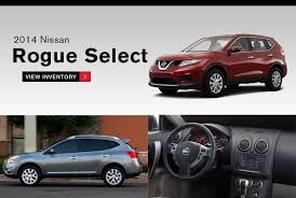

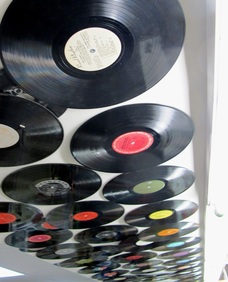
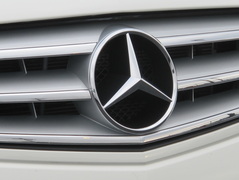
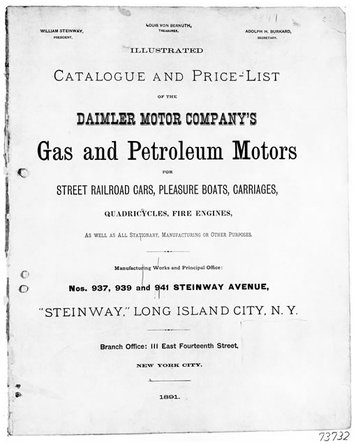

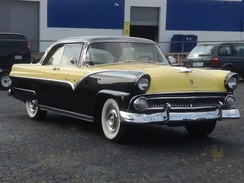

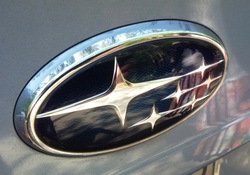

 RSS Feed
RSS Feed